Table of content
Introduction
Clams, a culinary delight enjoyed worldwide, are perishable seafood that require careful handling to maintain their freshness, flavor, and safety. Whether you’ve harvested them yourself, purchased in bulk, or received a generous batch, understanding proper preservation techniques is critical to avoid waste and ensure quality. This article explores actionable strategies for storing large quantities of clams, from short-term refrigeration to long-term freezing, along with expert tips for identifying spoilage and maximizing shelf life. By mastering these methods, you can enjoy clams at their best while minimizing food waste.
Understanding Clam Biology and Spoilage Risks
Clams are bivalve mollusks that thrive in coastal waters, filtering plankton and storing nutrients in their flesh. When alive, they can tightly seal their shells, a key indicator of freshness. However, once harvested, their viability diminishes rapidly due to:
- Respiration: Clams continue to breathe, consuming oxygen and expelling carbon dioxide, which accelerates deterioration in enclosed spaces.
- Bacterial Growth: Warm temperatures and moisture create ideal conditions for pathogens like Vibrio species, which can cause foodborne illnesses.
- Enzyme Activity: Natural enzymes break down flesh texture, leading to mushiness over time.
To combat these issues, storage methods must prioritize temperature control, humidity, and airflow.
Short-Term Storage: Refrigeration Best Practices
For clams intended to be consumed within 2–3 days, refrigeration is the simplest solution. Follow these steps:
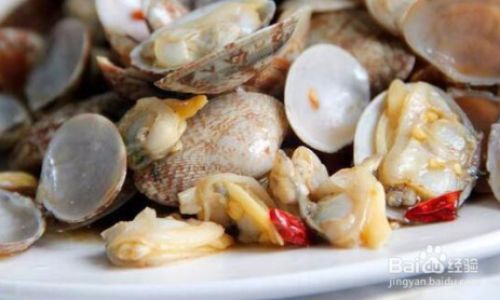
A. Pre-Storage Preparation
- Purge Sand: Soak clams in saltwater (1/3 cup salt per gallon of cold water) for 20–30 minutes. This encourages them to expel grit.
- Discard Deceased Clams: Tap any open clams lightly; if they don’t close, discard them immediately.
B. Storage Containers
- Use a shallow, breathable container (e.g., a colander or mesh basket) lined with a damp cloth or paper towel. Avoid airtight containers, as they suffocate clams.
- Place a layer of ice at the bottom of the container, but ensure clams aren’t submerged—meltwater can kill them.
- Store the container in the coldest part of your refrigerator (32–34°F or 0–1°C).
C. Maintaining Freshness
- Check daily for open shells or foul odors.
- Replace ice as needed to keep the environment moist but not waterlogged.
- Avoid stacking clams to prevent crushing.
Shelf Life: Properly stored clams can last 2–3 days. Consume them promptly for optimal texture.
Freezing for Extended Preservation
Freezing extends shelf life to 3–6 months but requires preparation to preserve quality.
A. Blanching Before Freezing
- Steam or Boil: Submerge live clams in boiling water for 2–3 minutes until shells open.
- Cool Rapidly: Transfer to an ice bath to halt cooking.
- Shuck: Remove meat from shells, discarding any that remain unopened.
B. Freezing Methods
- In Shells: Clean, blanch, and freeze whole clams in airtight freezer bags. Lay flat to prevent crushing.
- Shucked Meat: Place meat in freezer-safe containers, covering with brine (1 tbsp salt per cup of water) or milk to prevent freezer burn.
- Cooked Clams: Freeze chopped clams in broth for soups or chowders.
C. Thawing Guidelines
- Thaw in the refrigerator overnight.
- Avoid refreezing thawed clams, as this degrades texture.
Pro Tip: Label containers with dates to track freshness.
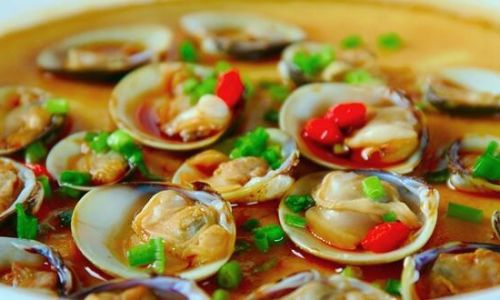
Alternative Preservation Techniques
For adventurous cooks, these methods offer unique flavors and textures:
A. Canning
- Pressure-can clams in jars with brine (10 lbs pressure for 75 minutes for pints).
- Store in a cool, dark place for up to 1 year.
B. Pickling
- Simmer clams in vinegar, spices, and sugar.
- Store in sterilized jars for 2–3 months.
C. Smoking
- Smoke shucked clams at low temperatures (175–200°F) until firm.
- Vacuum-seal and freeze for 6–12 months.
Handling and Transporting Large Quantities
When moving clams in bulk:
- Use Coolers: Layer clams with ice packs, not direct ice, to avoid drowning.
- Insulate: Wrap containers in wet burlap or newspaper to maintain humidity.
- Avoid Temperature Fluctuations: Transport during cool hours and minimize exposure to heat.
Identifying Spoilage
Never consume questionable clams. Look for:
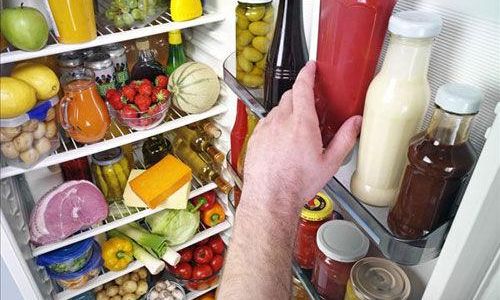
- Foul Odor: A strong, fishy or ammonia-like smell.
- Shell Integrity: Cracked, broken, or widely gaping shells.
- Discoloration: Gray or mushy flesh.
- Slime: Slimy texture on shells or meat.
Safety Note: When in doubt, discard—food poisoning is not worth the risk.
Cooking With Stored Clams
A. Thawed Frozen Clams
- Use in stews, pasta, or fritters where texture is less critical.
- Avoid frying, as freezing alters moisture content.
B. Canned or Pickled Clams
- Rinse before using to reduce saltiness.
- Add to salads, cocktails, or antipasti platters.
C. Smoked Clams
- Serve as a snack with crackers or blend into dips.
Sustainability and Ethical Considerations
- Source Responsibly: Purchase from certified suppliers to avoid overharvested species.
- Reduce Waste: Repurpose clam shells as garden compost or decorative items.
Conclusion
Preserving large quantities of clams demands attention to detail but yields delicious rewards. By prioritizing refrigeration for short-term needs, freezing for longevity, and exploring alternative methods like canning, you can enjoy clams year-round while honoring their delicate nature. Always prioritize safety through vigilant spoilage checks and proper handling. With these techniques, even bulk quantities become a manageable, delightful addition to your kitchen.
Final Tip: Experiment with recipes that highlight clams’ briny sweetness—from classic linguine alle vongole to spicy Thai-inspired curries. Proper storage ensures every meal is a celebration of the sea’s bounty.
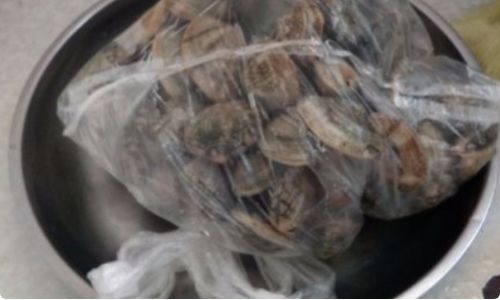
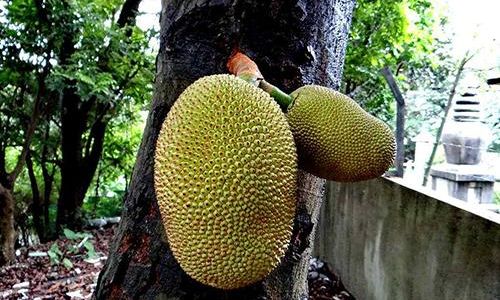
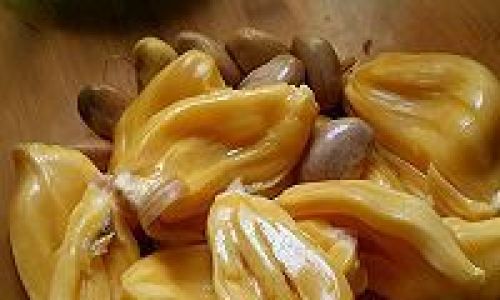
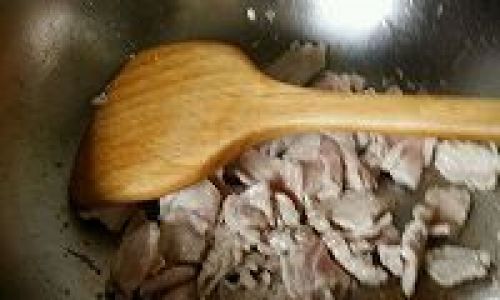
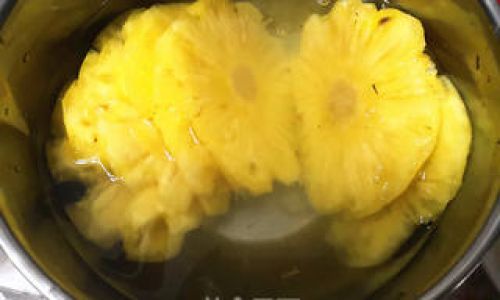
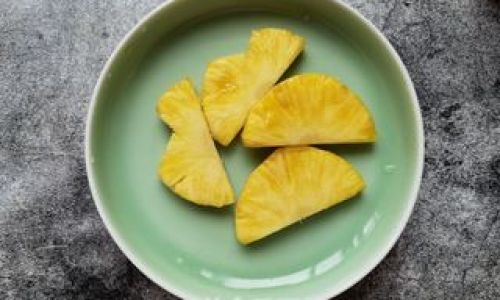

0 comments